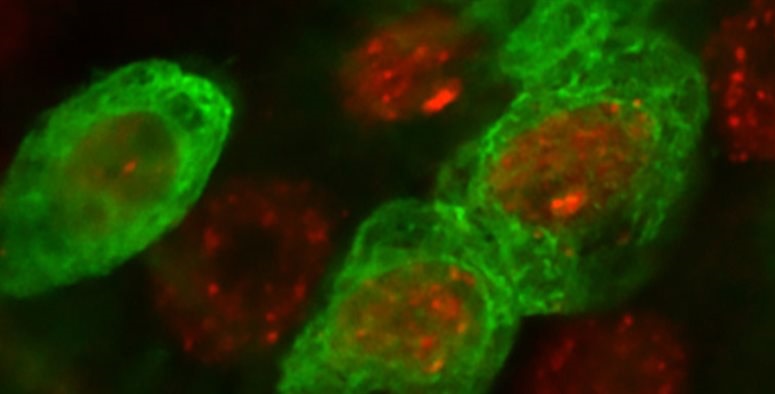New Technique Identifies Pathological Abnormalities Associated with Motor Neuron Disease
Posted on 08 Aug 2024
Motor neuron disease (MND), also referred to as amyotrophic lateral sclerosis (ALS), is a debilitating condition where messages from the brain's motor neurons fail to reach the muscles, resulting in muscle weakening. At present, there is no cure for MND. Now, researchers have developed a new imaging technique to detect pathological abnormalities linked to MND, which could enhance the understanding of brain changes responsible for the disease and potentially aid in developing new treatments.
This advancement was highlighted in a study published in Nature Communications, a collaborative effort between the University of Birmingham (Birmingham, UK) and the University of Sheffield (Sheffield, UK). Researchers at the University of Birmingham developed the new method called native ambient mass spectrometry (NAMS), allowing them to analyze proteins in their natural state directly from brain and spinal cord tissue samples. This technique provides unprecedented detail in studying protein structures in relation to their location within the tissue.

Working in collaboration with colleagues at the University of Sheffield, the team discovered a metal deficiency in a protein known as SOD1 and showed that it accumulates in specific areas of the brain and spinal cord in mice with MND. SOD1 has been previously linked to MND, but this research marks the first instance of detailed molecular imaging demonstrating how variants of this protein, lacking metal ions, accumulate in mice affected by the disease. Future research will aim to confirm if these imbalances also occur in human tissues and will explore potential treatments for these imbalances using existing drugs.
"This approach is the first to show that this form of SOD1 correlates with the pathology of motor neuron disease,” said lead researcher Helen Cooper from Birmingham's School of Biosciences. “It's a very early step towards finding treatments for MND and is also an exciting new route for understanding the molecular basis of other diseases in unprecedented detail."
"We were very excited to apply this fantastic methodology which Helen's team have developed to gain new insights into the biology of MND and we look forward to using the technology further to explore why motor neurons die and find new interventions for those affected by MND," added Richard Mead from the Sheffield Institute for Translational Neuroscience.
Related Links:
University of Birmingham














